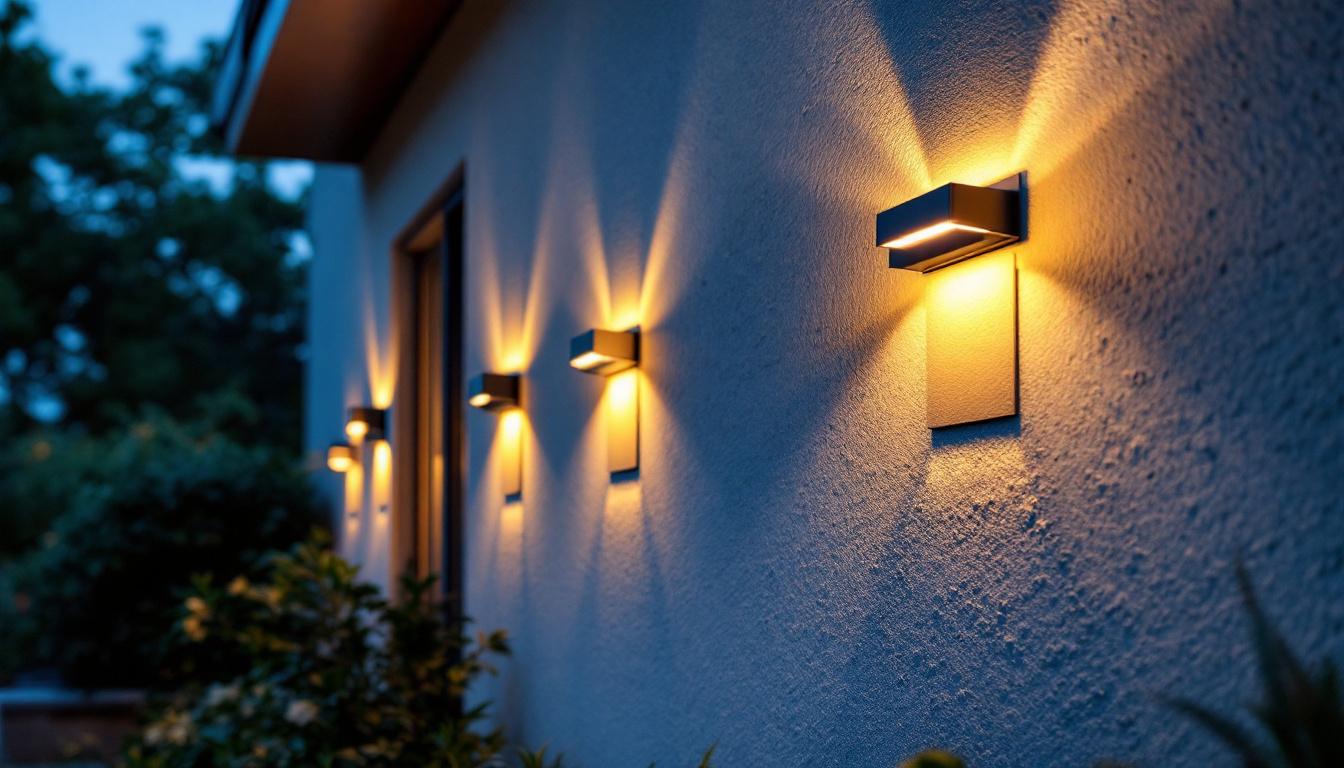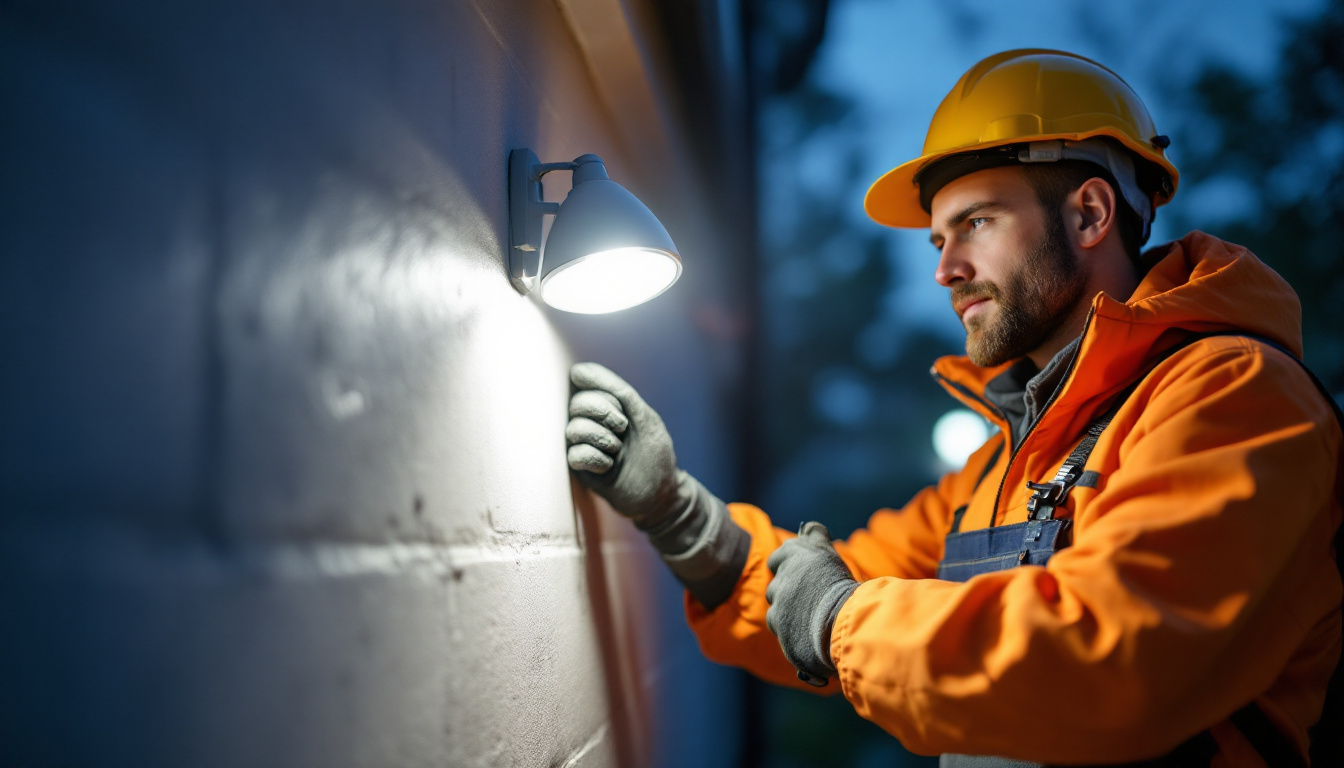
In the realm of modern lighting design, track light bulbs have emerged as a pivotal component for both residential and commercial applications. For lighting contractors, understanding the intricacies of track light bulbs is essential not only for enhancing the aesthetic appeal of spaces but also for ensuring functionality and energy efficiency. This article delves into the significance of track light bulbs, their advantages, and how they can elevate the quality of lighting projects.
track lighting systems are versatile fixtures that allow for adjustable illumination in various settings. These systems consist of a track, which is mounted on ceilings or walls, and light fixtures that can be positioned anywhere along the track. This flexibility makes track lighting an ideal choice for a variety of applications, from art galleries to retail spaces. In addition to their adaptability, track lighting can also enhance the aesthetic appeal of a room, providing a modern and sleek look that complements contemporary decor.
Track lighting is not just about functionality; it also allows for creative expression in lighting design. By strategically positioning fixtures, one can highlight architectural features, artwork, or merchandise, creating focal points that draw the eye. This capability is particularly beneficial in spaces where ambiance plays a crucial role, such as restaurants or showrooms, where the right lighting can significantly influence customer experience and engagement.
Understanding the components of track lighting is crucial for contractors. A typical track lighting system includes the following elements:
Each component plays a vital role in the overall functionality and aesthetic of the lighting design. A thorough understanding of these parts allows contractors to make informed decisions when selecting and installing track lighting systems. For instance, the choice of track material—whether aluminum, steel, or plastic—can affect both the durability and visual appeal of the installation. Additionally, the configuration of the track can vary, with options for straight runs or curved designs that can adapt to the contours of a space.
There are several types of bulbs used in track lighting, each with its own unique characteristics:
In addition to these common types, there are also specialty bulbs designed for specific effects or applications. For example, some bulbs are designed to dim smoothly, allowing for greater control over the lighting atmosphere. Others may feature adjustable beam angles, enabling users to customize the spread of light according to their needs. Understanding these nuances can help contractors and designers select the most appropriate lighting solutions for their projects, ensuring that both functionality and aesthetics are achieved effectively.
Track light bulbs bring numerous advantages that make them an essential choice for lighting contractors. Understanding these benefits can help contractors effectively communicate the value of track lighting to their clients.
One of the most significant advantages of track lighting is its flexibility. The ability to reposition light fixtures along the track allows for dynamic lighting solutions that can adapt to changing needs. This feature is particularly beneficial in spaces that serve multiple purposes, such as conference rooms or galleries.
Moreover, track lighting can be customized to highlight specific areas or objects, enhancing the overall design of a space. This versatility not only appeals to clients but also allows contractors to showcase their expertise in creating tailored lighting solutions.
Energy efficiency is a critical concern in today’s lighting industry. Track light bulbs, especially LED options, consume significantly less energy compared to traditional lighting solutions. This reduction in energy usage translates to lower utility bills for clients, making track lighting an attractive option for both residential and commercial projects.
Additionally, many clients are increasingly aware of their carbon footprint. By opting for energy-efficient track light bulbs, contractors can help clients achieve their sustainability goals while also enhancing the appeal of their lighting designs.
The aesthetic appeal of track lighting cannot be overstated. With various designs and finishes available, track light bulbs can complement any interior style, from modern to traditional. Contractors can select fixtures that align with the overall design theme of a space, ensuring that the lighting not only serves a functional purpose but also enhances the visual appeal.
Furthermore, the ability to direct light precisely allows for creative lighting designs that can transform a room. Whether it’s highlighting artwork or creating a warm ambiance in a living space, track lighting offers endless possibilities for aesthetic enhancement.
While the advantages of track light bulbs are clear, proper installation is crucial to maximize their benefits. Lighting contractors must consider several factors during the installation process to ensure optimal performance and safety.
Before installation, it is essential to assess the electrical requirements of the track lighting system. Contractors must ensure that the existing electrical infrastructure can support the new lighting fixtures. This includes checking the voltage, wattage, and circuit capacity to prevent any electrical issues.
In some cases, additional wiring may be necessary to accommodate the new system. Contractors should be prepared to make these adjustments to ensure a safe and effective installation.
The placement of track lighting is another critical consideration. Contractors should carefully plan the layout to achieve the desired lighting effect while avoiding any potential glare or shadows. This planning phase is essential for both functionality and aesthetics.
Additionally, the design of the track lighting system should align with the overall architectural features of the space. Whether it’s a sleek modern design or a more traditional look, the track lighting should enhance the existing elements rather than detract from them.
Despite the many benefits of track light bulbs, contractors may encounter challenges during installation and maintenance. Being aware of these potential issues and having solutions at hand can streamline the process and ensure client satisfaction.
One common challenge with track lighting is overheating, particularly with halogen and incandescent bulbs. This can lead to reduced lifespan and potential safety hazards. To mitigate this issue, contractors should recommend LED bulbs, which operate at lower temperatures and are less likely to cause overheating.
Additionally, ensuring proper ventilation around the fixtures can help dissipate heat and maintain optimal performance. Contractors should also educate clients on the importance of regular maintenance to keep the lighting system functioning efficiently.
Another challenge that contractors may face is compatibility with dimmer switches. Not all track light bulbs are compatible with dimmers, which can lead to flickering or reduced performance. Contractors should verify the compatibility of the chosen bulbs with the dimming system to avoid these issues.
When recommending dimmable options, it is essential to inform clients about the benefits of adjustable lighting. This feature allows for greater control over the ambiance of a space, enhancing the overall user experience.
As technology continues to evolve, so too does the landscape of track lighting. Staying informed about emerging trends can help lighting contractors remain competitive and provide cutting-edge solutions to their clients.
One of the most significant trends in the lighting industry is the integration of smart technology. Smart track lighting systems allow users to control their lighting through mobile apps or voice commands, offering unparalleled convenience and customization.
Contractors should consider incorporating smart lighting options into their offerings. This not only appeals to tech-savvy clients but also positions contractors as forward-thinking professionals in the industry.
As sustainability becomes a priority for many consumers, the demand for energy-efficient lighting solutions will only grow. Track light bulbs, particularly LED options, align perfectly with this trend. Contractors who prioritize sustainable practices and products will likely attract a broader client base.
Furthermore, educating clients about the environmental benefits of energy-efficient lighting can enhance their appreciation for track lighting systems. This knowledge empowers clients to make informed decisions that align with their values.
Track light bulbs are an essential element in the toolkit of lighting contractors. Their versatility, energy efficiency, and aesthetic appeal make them a preferred choice for a wide range of applications. By understanding the various types of track light bulbs, their benefits, and the challenges associated with installation, contractors can provide exceptional service and solutions to their clients.
As the lighting industry continues to evolve, staying informed about trends and innovations will be crucial for contractors looking to maintain a competitive edge. Embracing smart technology and sustainability will not only enhance the quality of lighting projects but also contribute to a more environmentally conscious future.
Ultimately, the importance of track light bulbs extends beyond mere functionality; they represent an opportunity for lighting contractors to showcase their expertise and creativity in designing spaces that illuminate and inspire.
Ready to elevate your lighting projects with the versatility and efficiency of track light bulbs? Look no further than LumenWholesale for all your lighting needs. We provide contractors with spec-grade lighting products that meet the highest industry standards, ensuring every installation shines with reliability and performance. Say goodbye to inflated markups and hello to unbeatable wholesale prices, free shipping, and the convenience of bulk buying. Don’t compromise on quality or value—choose LumenWholesale for premium lighting solutions that truly make a difference. Wholesale Lighting at the Best Value is just a click away.

Discover the top solar aluminum pathway lights made in the USA with our comprehensive guide tailored for lighting contractors.

Discover the essentials of solar lights wall mounts in just 5 minutes! This quick guide is tailored for lighting contractors seeking to enhance their expertise with sustainable, efficient lighting solutions.

Explore how copper lamp posts can illuminate more than just streets; they can also brighten the financial outlook for lighting contractors.

Discover essential best practices for lighting contractors working with photocell lights.